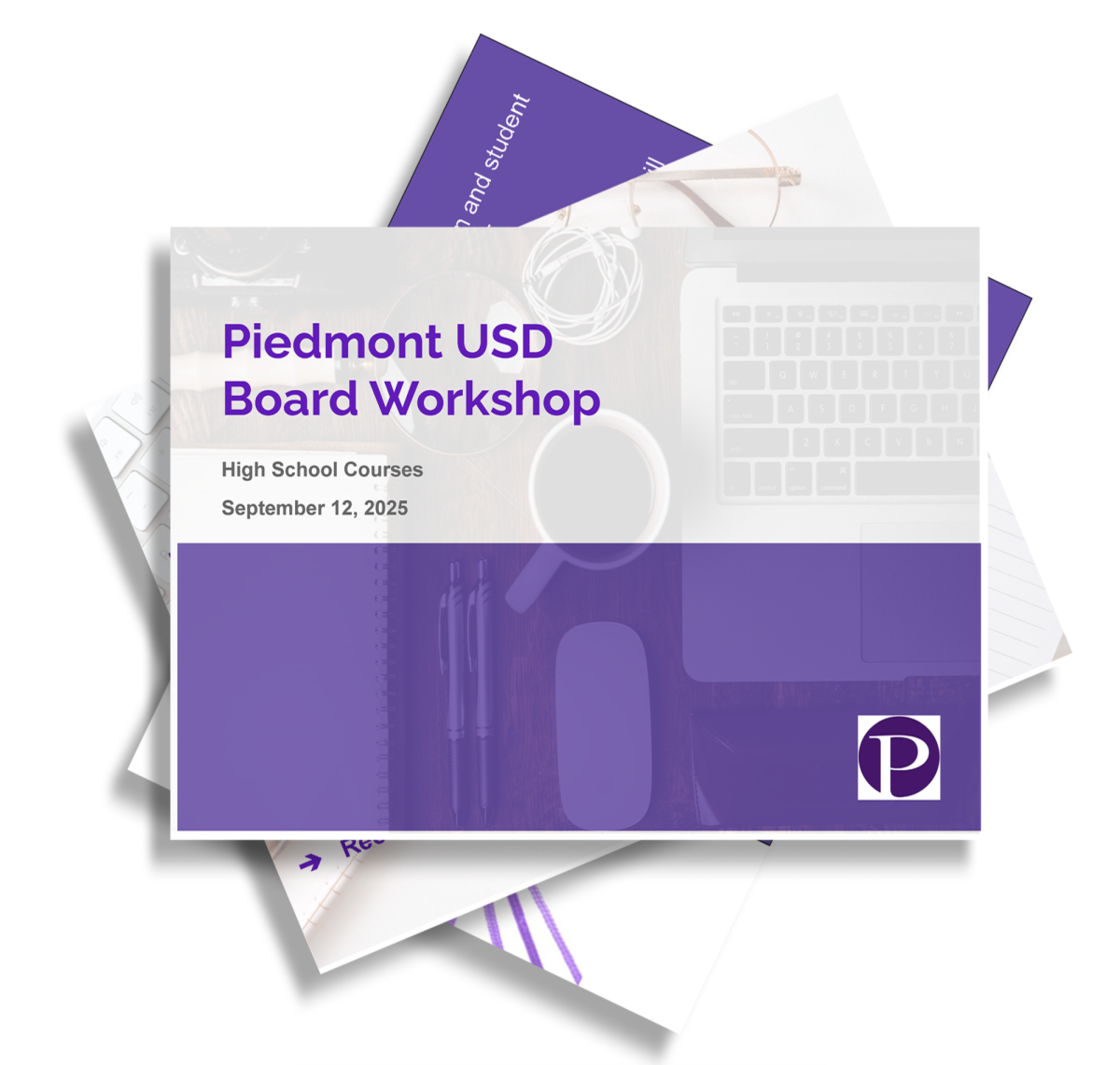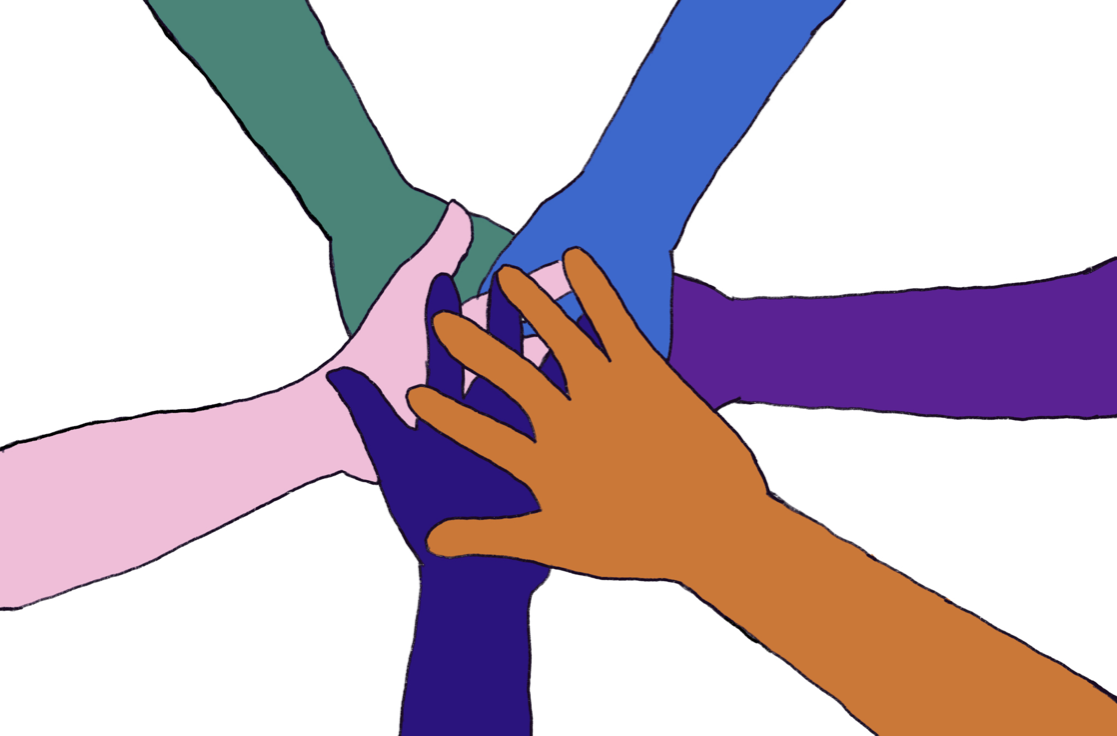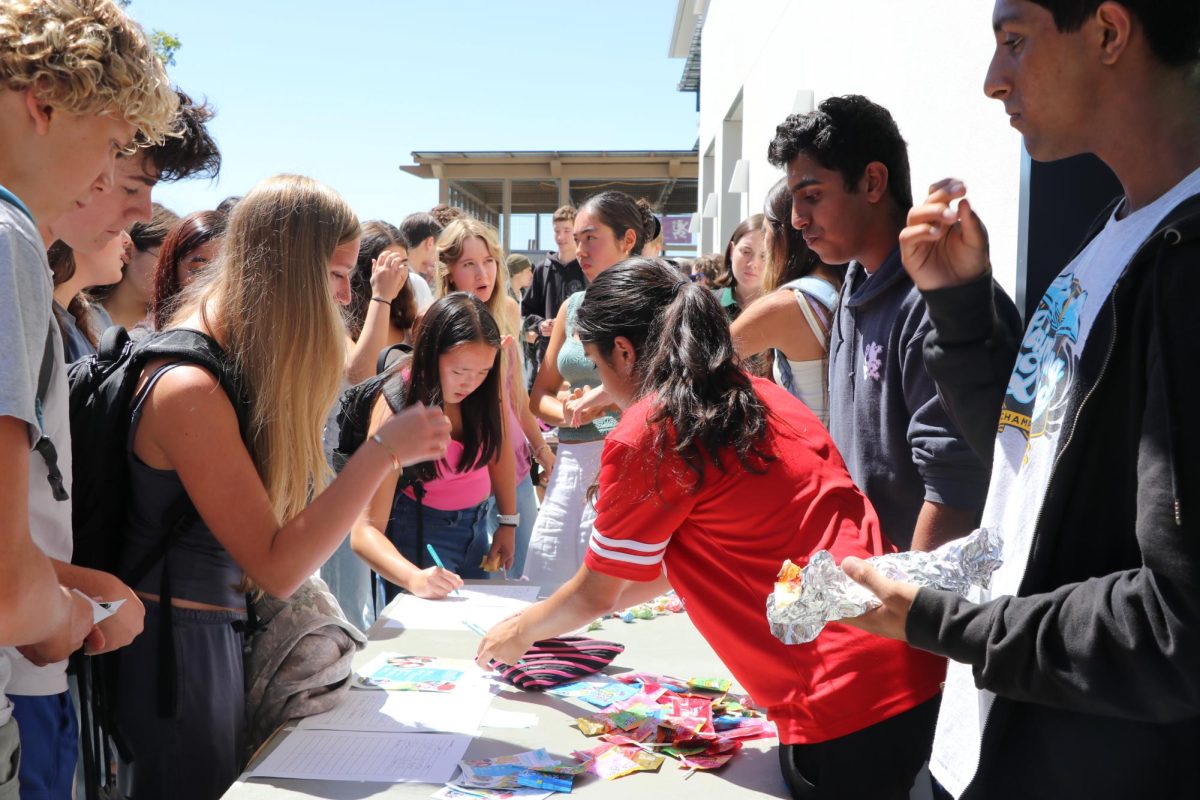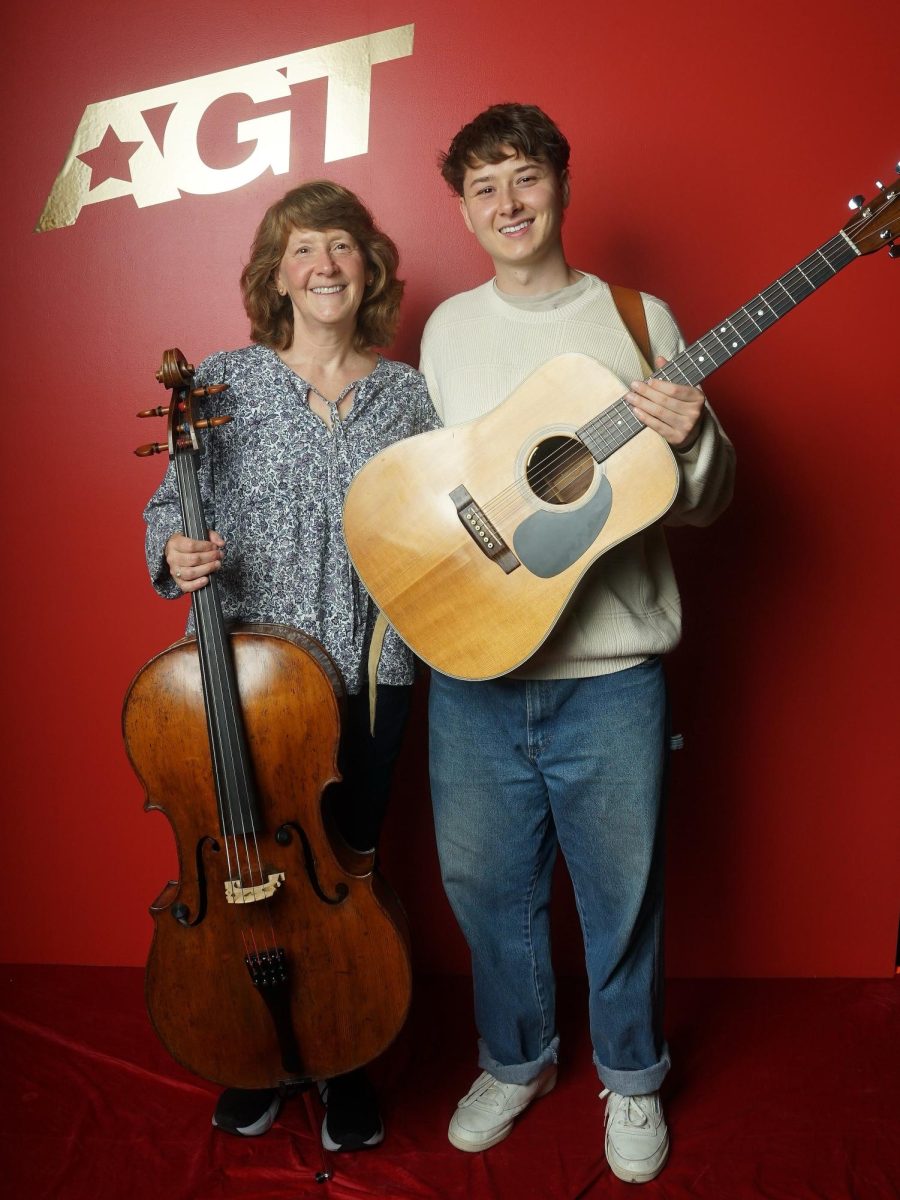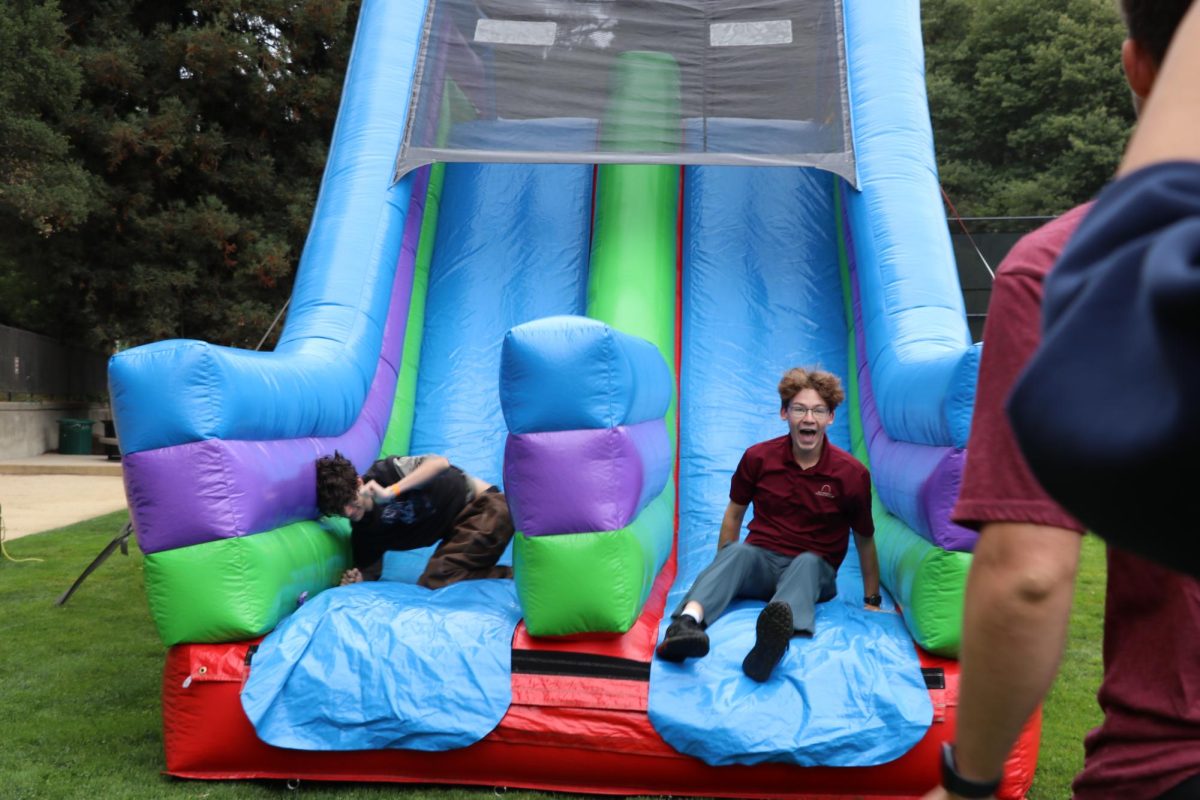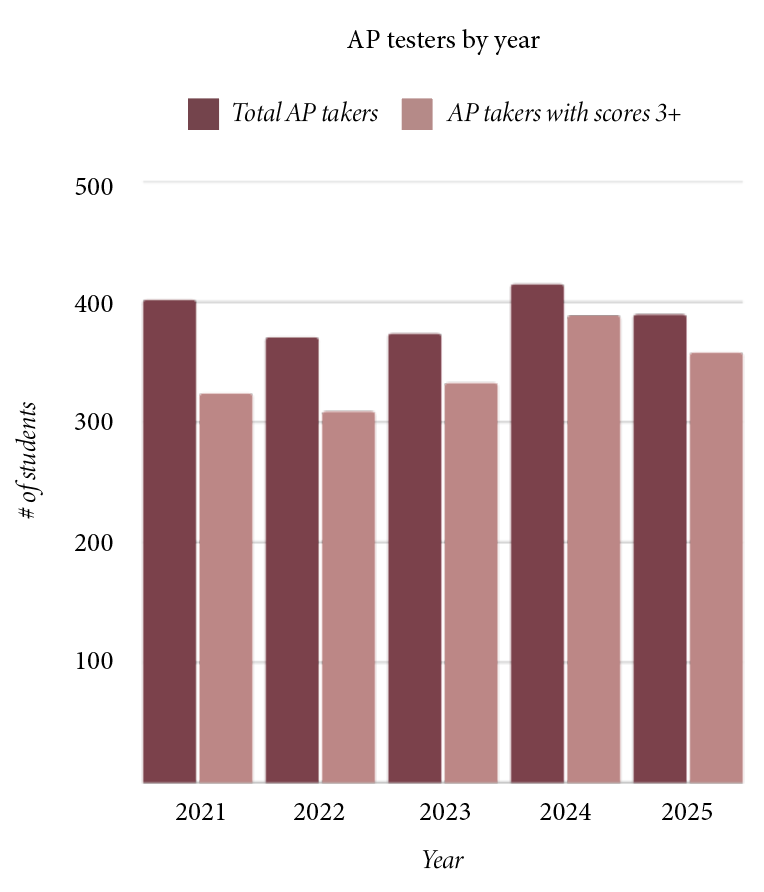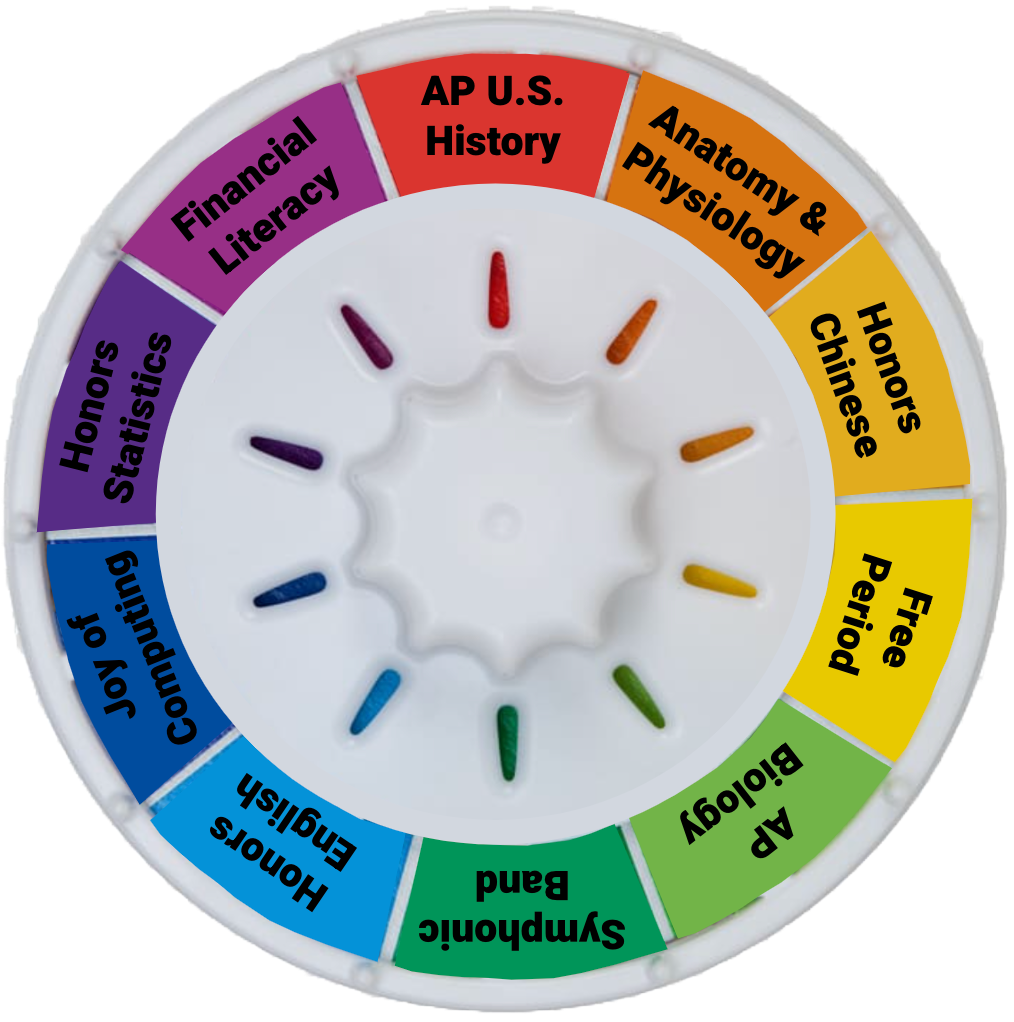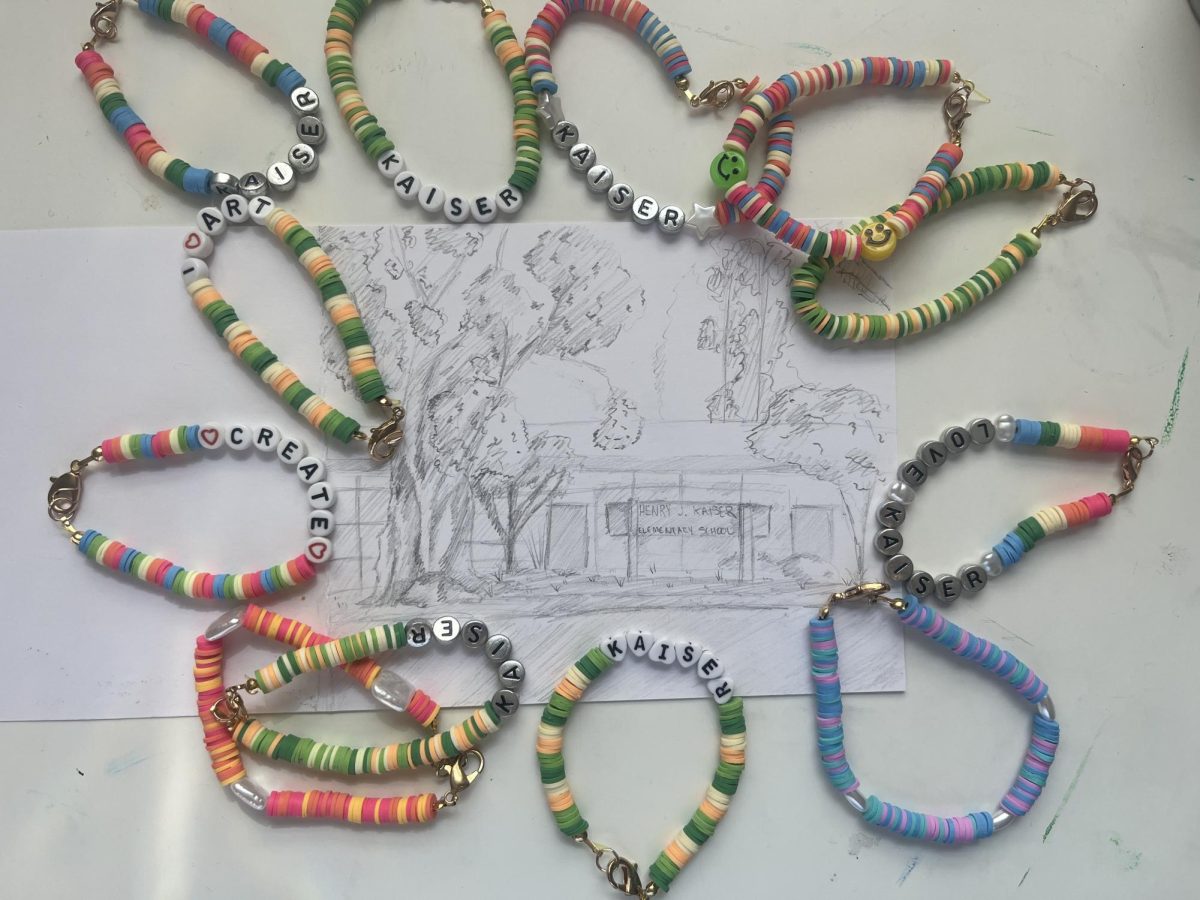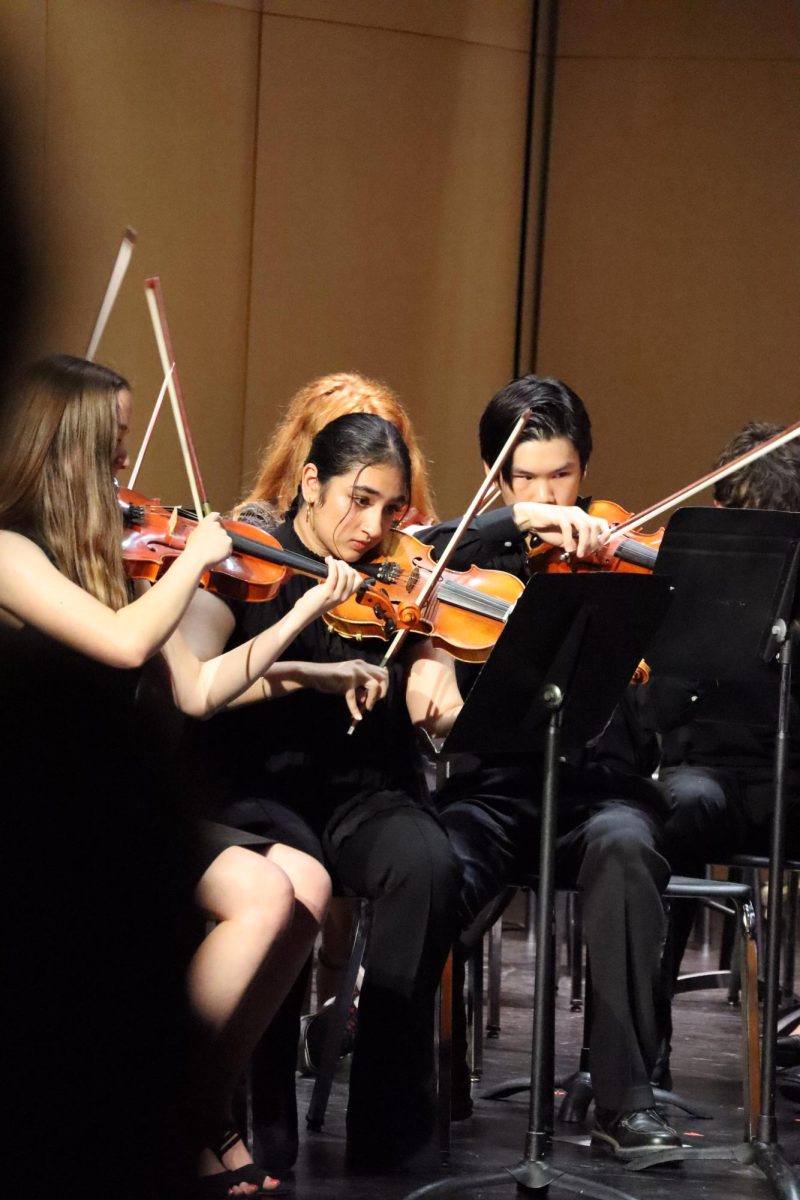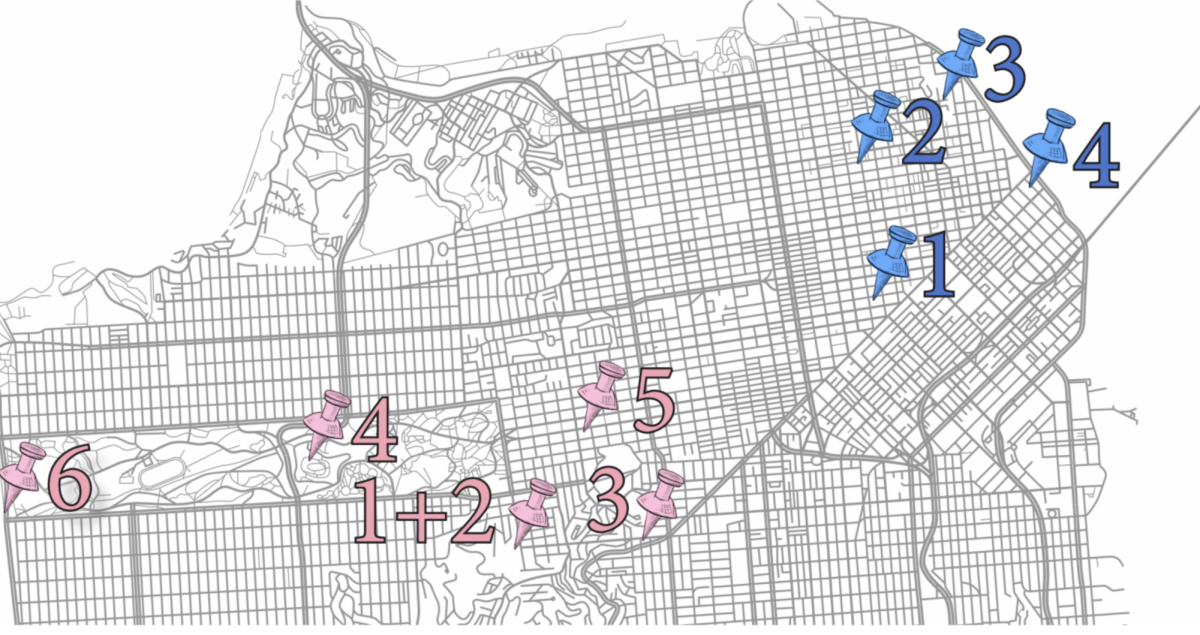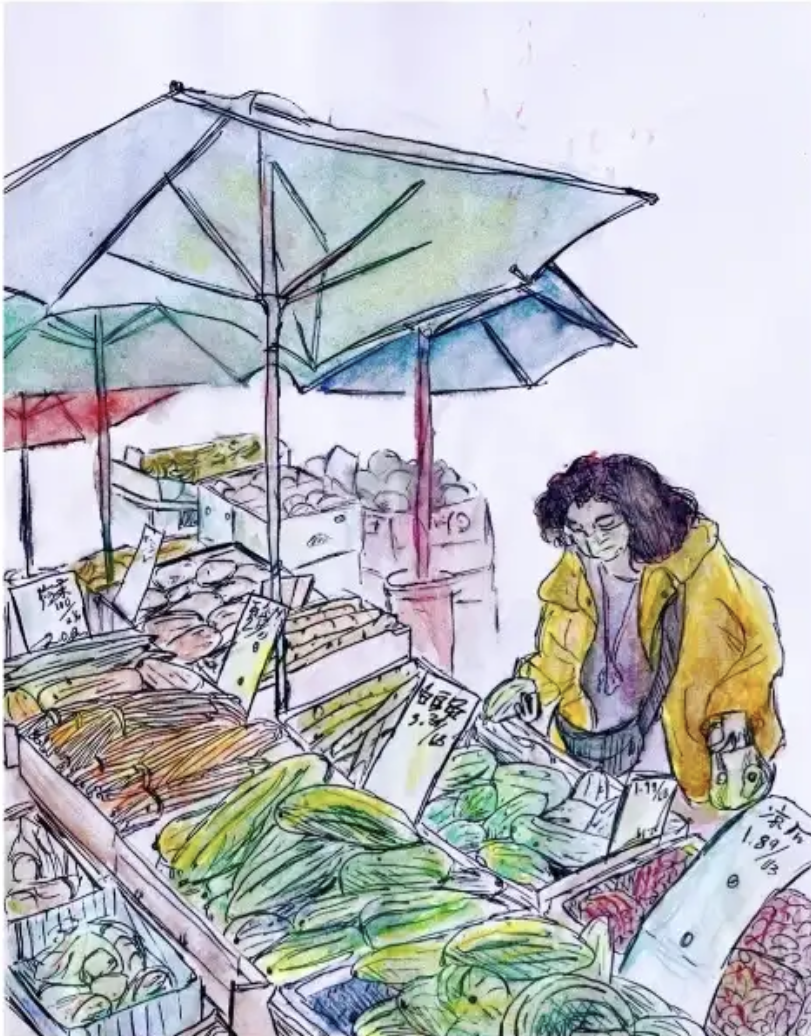Student cabinets overflow with water bottles from every occasion and group: Turkey Trot, Mexico Trip, Day on the Green, the list goes on. Custom shirts cram closets, while unused, cheap, plastic-tasting water bottles clutter kitchen cabinets. When faced with a free but unnecessary item, students think, “It’s free, so why not?” Club presidents, event organizers, and student leaders must curb this wasteful and unnecessary practice of inundating students with constant merchandise.
Year after year, students learn about protecting the environment and reducing carbon emissions. Many even learn about fast fashion’s consequences: vast amounts of waste, wasted materials, chemicals in ecosystems, and energy consumed to produce and transport garments. However, students fail to recognize or act upon the fact that merchandise carries the same aforementioned consequences.
Despite claiming to be aware of workers’ rights and environmental damage, students choose to accept items likely made by individuals in sweatshops, according to the Yale School of the Environment. Furthermore, unlike other clothing, these personalized garments cannot be easily resold or donated. Nobody wants a shirt that says “Piedmont Class of 2025” or “Susie for Senior Pres,” so these garments are sent to landfills, often in developing regions, according to the Boston University School of Public Health.
Reusable water bottles, another common piece of merchandise, symbolize environmental conscientiousness and healthy living, while single-use bottled water is widely decried. However, a bottle must be reused at least 10-20 times to offset its carbon emissions compared to a single-use plastic bottle, according to the Massachusetts Institute of Technology Office of Sustainability. Most students already have a water bottle they like, so an extra one is unlikely to be used enough to mitigate its higher environmental production cost. The pile of Piedmont-branded merchandise in the lost and found demonstrates that students do not use this merchandise or value it; otherwise, they would notice and take ten minutes to walk over to the front office to retrieve it. Providing reusable water bottles seems noble but ultimately does more harm than good.
Piedmont High Principal David Yoshihara said funding for merchandise often comes from out-of-school donations or ASB’s budget. ASB could allocate this money for other needs or provide students with something practical and fun. For instance, I would prefer an extra food truck at Day on the Green, which supports a local business, over a cheap water bottle.
I understand the appeal of merchandise; it is a form of self-expression and community building, like wearing matching sports jerseys or class colors. By wearing or using something, one can support a cause or group and make an impression on others. I also appreciate how some merchandise is practical. I consistently use the multi-connector charging cable I received for free at a hackathon. Therefore, if a group genuinely believes it needs tangible merchandise, thinking outside the box to offer something useful is better than the standard t-shirt or lanyard.
I appreciate Piedmont Middle School Green Team Advisor John White’s approach to merchandise. He issues Green Team T-shirts to every member at the beginning of the semester. When a student finishes their time in his class, he tells them to keep the shirt if they believe they will legitimately wear it long-term and return it if not.
This issue reflects a broader focus on fast fashion and sustainable practices. It’s much easier to inspire change in impressionable students than adults. Piedmont High is where this change should begin, particularly because its students will be affected by future climate change. This is students’ opportunity to turn words, which can easily be performative, into actions that make a difference.

